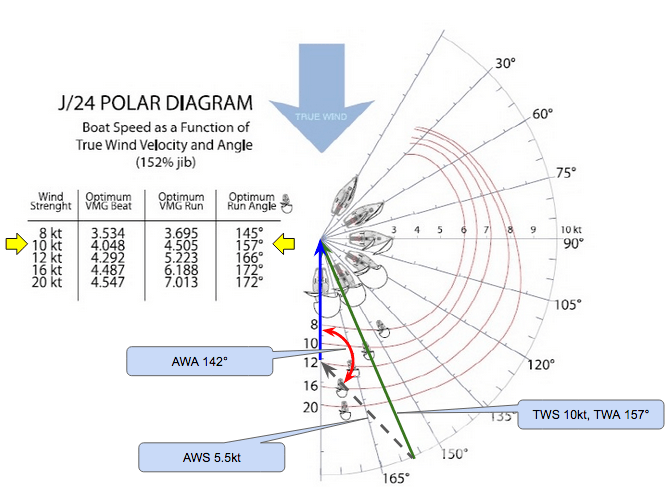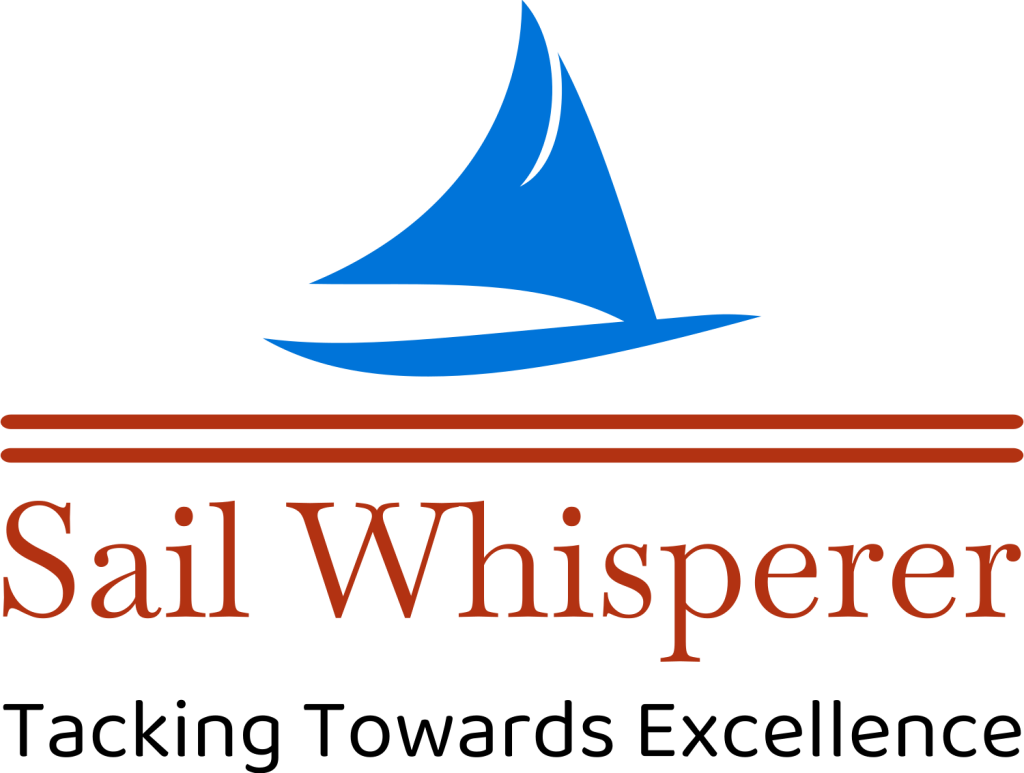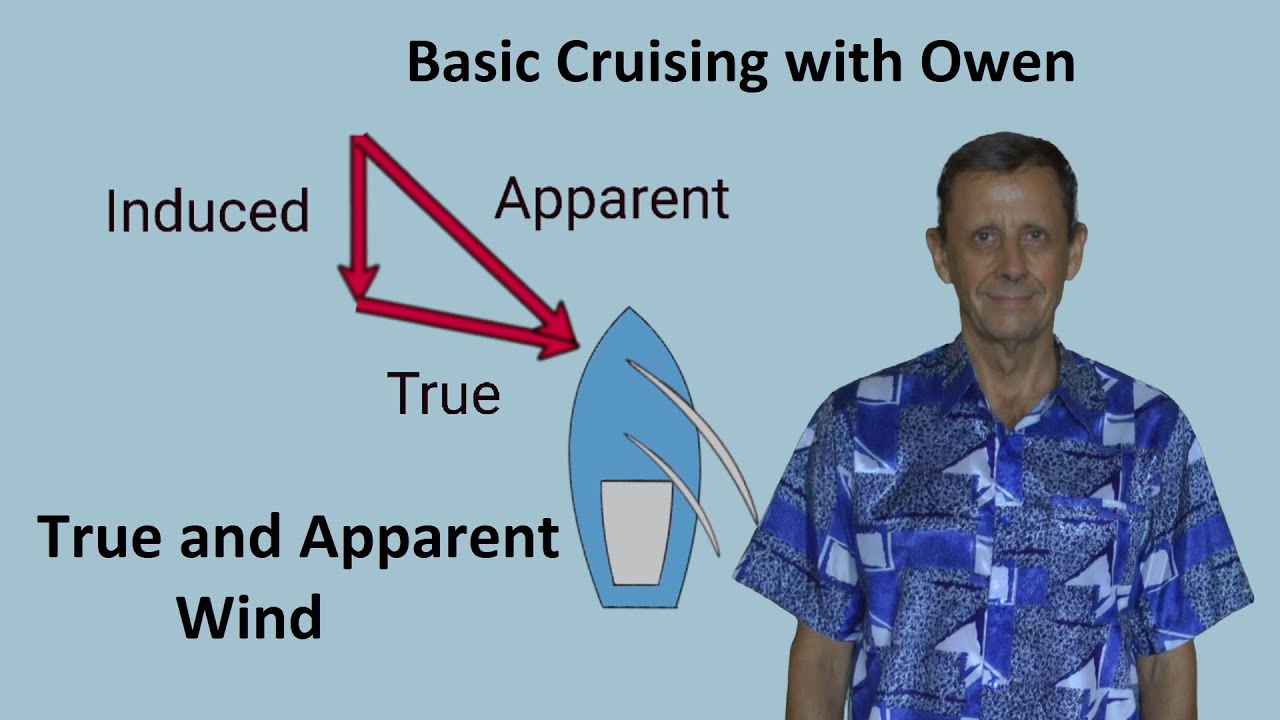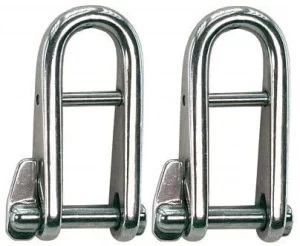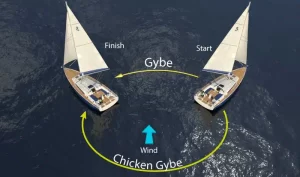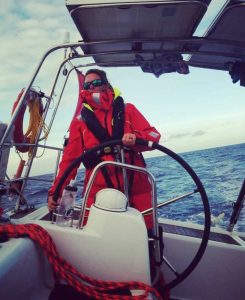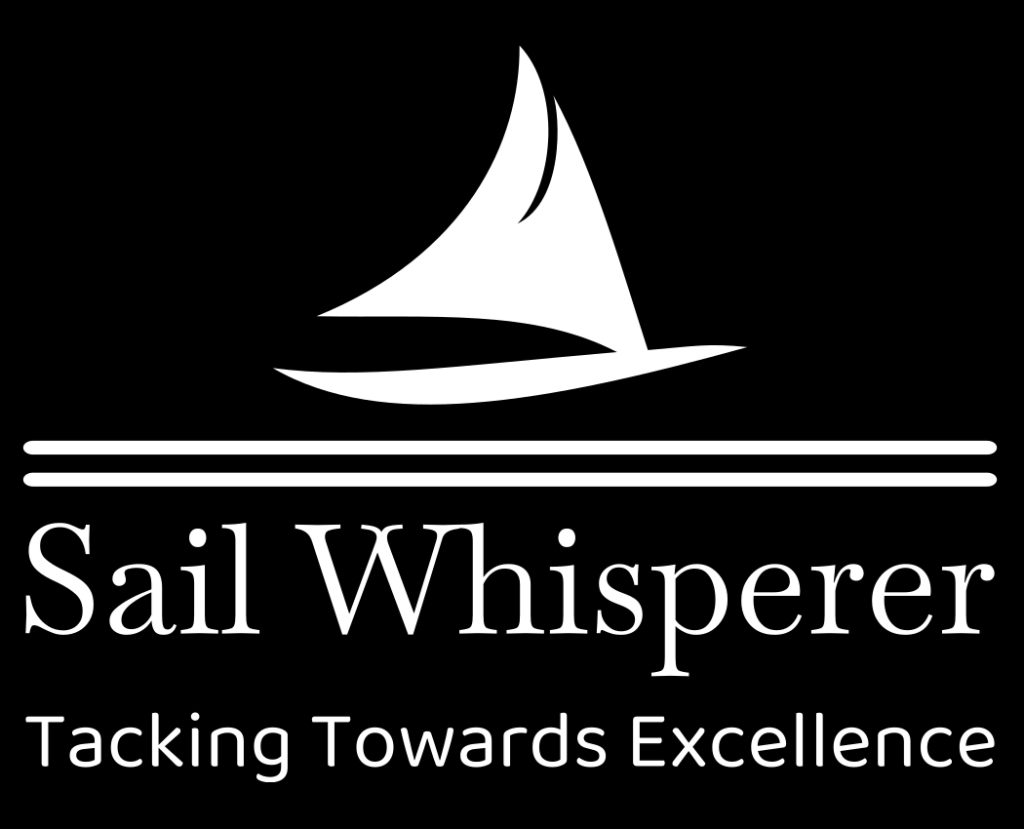Understanding the nuances of wind is paramount for sailing. The video series crafted by Owen delves into a critical differentiation: true wind versus apparent wind. Addressing these concepts, it is crucial to grasp that true wind is the natural air movement over water, while apparent wind is the resultant effect experienced when adding the vessel’s velocity to the true wind. This foundational knowledge encapsulates the essence of navigating with efficacy and safety.
The elaborate coverage includes practical interpretations of how wind behaves under various sailing conditions such as upwind, downwind, and beam reach. Moreover, the instructional videos equip novice sailors with the expertise to calculate true wind using onboard instruments, despite certain limitations. By explicating the intricate relationship between wind vectors and sailing dynamics, the series aims to fortify one’s sailing proficiency and facilitate informed decision-making while on the waters.
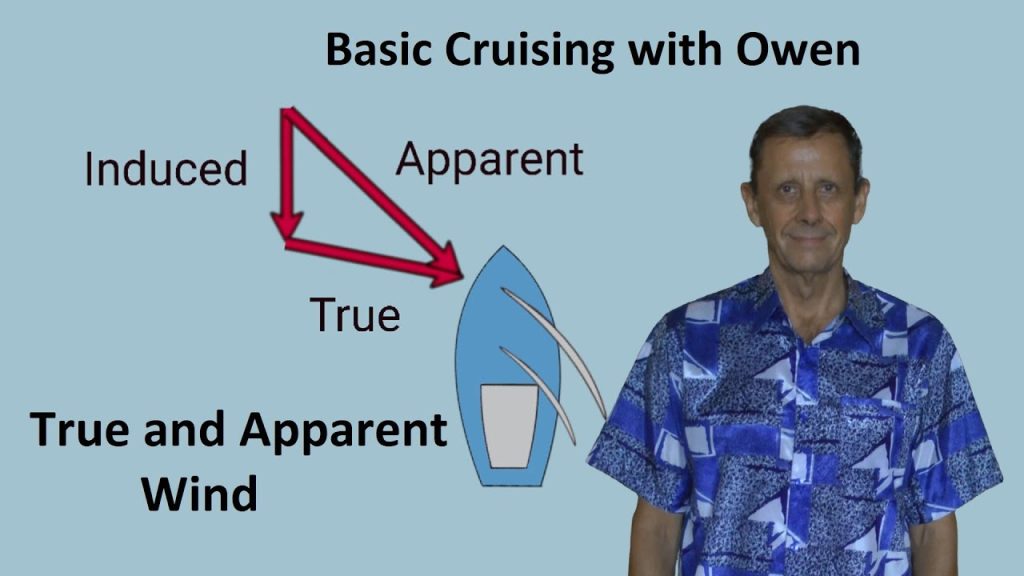
Introduction & Disclaimer
Before we get too deep, add a little disclaimer: This series of videos is designed purely with educational intent, meant to serve beginner cruisers experiencing light to moderate wind conditions. This is no stand-in for the illustrious and life-changing journey through accredited courses. Sure, we’ll navigate the fascinating waters of marine weather forecasts and help you recognize your personal skill limits, but borrowing this knowledge doesn’t grant you a captain’s title. Proceed with caution. Not even Poseidon can save you if you venture out triumphantly unprepared.
Videos for Educational Purposes
Like a treasure map leading you through scholarly waters, these videos should keep you afloat in the basics. But remember, these are primarily for educational purposes to give you a taste of the open seas, not a carte blanche to start your own pirate crew.
Not a Substitute for Accredited Courses
Nothing in these videos comes close to certified sailing instruction. Think of this as a warm-up before you fall into the capable hands of professional instructors. They are the navigators who’ll lead you safely past Poseidon’s trident.
Importance of Marine Weather Forecasts
Before unfurling those sails, you must understand the significance of marine weather forecasts. They’re the lighthouse guiding you through treacherous tides and stormy weather. Ignore them at your own peril.
Understanding Personal Skill Limits
Acknowledge, dear sailor, the criticalness of knowing thy limits. The sea is not a foe to be trifled with lightly. Knowing when to stay ashore might just be the most heroic act of seamanship you perform.
Lesson Focus
Today, we delve into the enigmatic realms of true wind and apparent wind, demystifying them like sailors decoding an ancient maritime map.
Differences Between True Wind and Apparent Wind
In this wind-filled odyssey, you must understand the fundamental differences: True wind is what the gods bestow upon the waters, unadulterated by man or vessel. Apparent wind is the trickster; it’s what you feel when your boat slices through the waves like a knife through butter.
Definition of True Wind
True wind: unyielding, the real McCoy, the wind that exists regardless of your antics on the deck. It flows robust and unaltered over Poseidon’s realm.
Definition of Induced Wind
Induced wind: an illusion conjured by your vessel’s movement. It is equal and opposite to your boat’s speed, whispering sweet nothings that only exist because you dared to move.
True Wind and Induced Wind
Ah, true wind, it changes as capriciously as a fickle lover, influenced by geography, sudden gusts, and erratic weather patterns. On a serene day, imagine induced wind as your only companion, slyly greeting you at the bow as you motor along. But be wary—this trickster changes your perception when you motor, giving you false impressions of calm or calamity.
Changes Based on Geography, Gusts, and Weather Patterns
True wind is an unfaithful partner, ever-changing based on geography and capricious weather patterns. One minute it’s kissing your sails, the next conspiring with a gust to tip your boat.
Examples of Induced Wind on Calm Days
Picture this: a placid sea, mirror-like, not a breath of true wind. But your boat? A dynamic charger at six knots. You feel the phantom wind, self-created by your advance, like whispers from the sea dragons.
Effects of Motoring on Wind Perception
Oh, the deceit of motoring! You might think you’re cutting through a persistent breeze, but it’s all a ruse. This induced wind contrives a thrilling sensation as you slice through still waters.
Combining Wind Types
By the whims of physics, true wind and induced wind come together, like frenemies forming a power duo. The apparent wind is thus born, the wind you actually feel—the wind in which your sails find their purpose.
Adding True Wind and Induced Wind Vectors
The dance of vectors, true wind mingling with induced wind. Add them together, and lo and behold, you get apparent wind, the emperor of all that’s palpable on board.
Apparent Wind and Its Role in Sailing
Apparent wind is your trusty companion in sailing. It’s the sensory wind, the one letting your sails fulfil their destiny. It’s the wind you must heed.
Apparent Wind Direction Relative to True Wind
You’ll find that apparent wind comes from a direction more forward than the true wind, thanks to your egoistic boat’s movement interfering with nature’s purity.
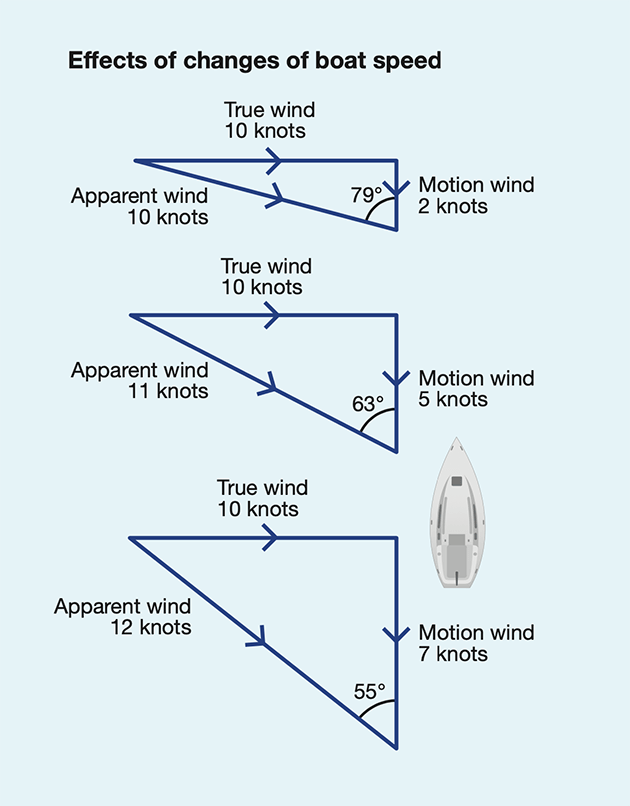
Sailing Dynamics
Understanding how these winds dance around the boat can drastically alter your sailing finesse. Each point of sail, whether upwind, downwind, or beam reach, carries its unique wind dynamics.
Upwind Sailing Dynamics
Sailing upwind, induced wind teams up with true wind to give you a hearty apparent wind. It’s like a marriage of convenience, making your apparent wind even fiercer than its true self.
Downwind Sailing Dynamics
Conversely, sailing downwind turns the tables. Induced wind undermines true wind, diminishing your apparent wind’s stern whispers.
Beam Reach Dynamics
On a beam reach, the apparent wind is like a lateral handshake between true wind and induced wind. They align in a manner that feels balanced, yet dynamic.
Crossover Point Explanation
Crossover point—a celestial moment when induced wind begins to augment true wind as you sail upwind. It’s the moment everything clicks and you find yourself in harmonious alignment with the wind gods.
True Wind Calculation
Oh, the majesty of technology! Wind packages on boats, those diligent slaves to data, do their best to estimate true wind using only apparent wind and boat speed. These calculations bear certain assumptions, but they’re usually reliable.
Wind Packages on Boats
Wind packages are the unsung heroes, calculating true wind with the precision akin to an alchemist brewing gold from base metals.
Apparent Wind and Boat Speed Measurements
They measure apparent wind and boat speed, and with a wave of a mathematical wand, they estimate the elusive true wind.
Assumptions in Calculations
Assumptions lurk in these calculations: induced wind must be directly forward and equal to boat speed. Minor deviations, like currents or leeway, can be conveniently ignored.
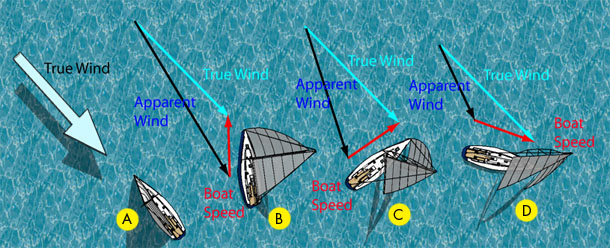
Questions Explained
Here are answers to some commonly pondered questions.
Tack Angles
Why does a tack cover such inexplicable angles? Because apparent wind, that meddlesome imp, forces you further downwind, making tacking angles wider than you’d instinctively imagine.
Upwind Turns in Gusts
Why turn upwind during a gust? Because the true wind intensifies, and apparent wind shifts, granting you the rightful opportunity to edge upwind with victory in your heart.
Next Lesson: Points of Sail
Prepare yourselves, sailors, for the next educational escapade: points of sail. They dictate the symbiotic dance between boat and wind, crucial for mastering the art of sailing.
Overview of Points of Sail
An understanding of points of sail provides the roadmap to every turn and tack. They are the heartbeats of your nautical endeavors.
Importance for Sailing
Knowing each point of sail intimately is not merely important; it’s indispensable. It’s the difference between a seasoned sailor and a lost voyager.
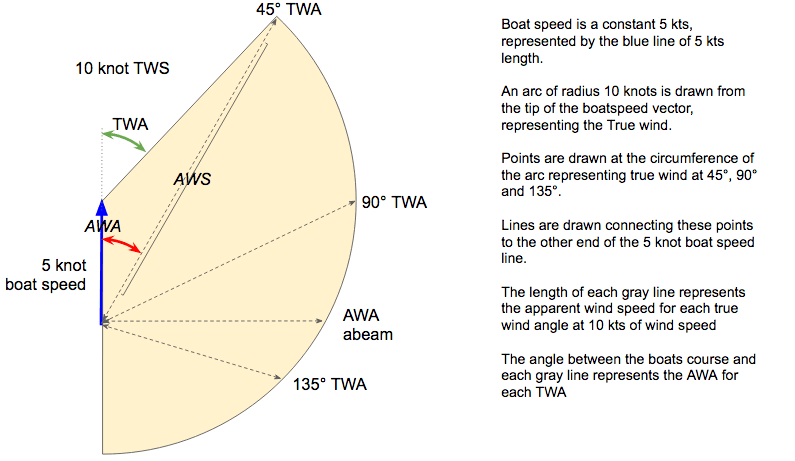
Encouragement to Rewatch
Consistency is key, repetition saintly. Do rewatch these lessons. Each re-viewing clears the mist from your mental horizons, making concepts sparkle with clarity.
Value in Repeating Lessons
Every repeat viewing reveals another layer, each turn in the lesson bringing previously opaque elements into sharp focus.
Clarity Through Multiple Viewings
Repetition, as they say, strengthens memory pathways, etching concepts deep into your neural seascape until understanding shines clear and bright.
Conclusion
In concluding our lesson, let’s reflect on the majestic dance between true and apparent wind. We’ve charted the mysteries, and there are more lessons on the horizon.
Summary of True and Apparent Wind Concepts
We navigated the labyrinth of true and apparent wind, understanding their definitions, interactions, and practical implications.
Invitation to Future Lessons
The wind awaits your next inquiry. Join us for further lessons, as we steer into the fascinating realm of points of sail and beyond.
Encouragement to Engage with Content
Engage, question, rewatch—these vids are your helm in the deep, vast ocean of sailing knowledge. Bon voyage, aspiring sailors! Let the winds fill your sails and guide your course.
